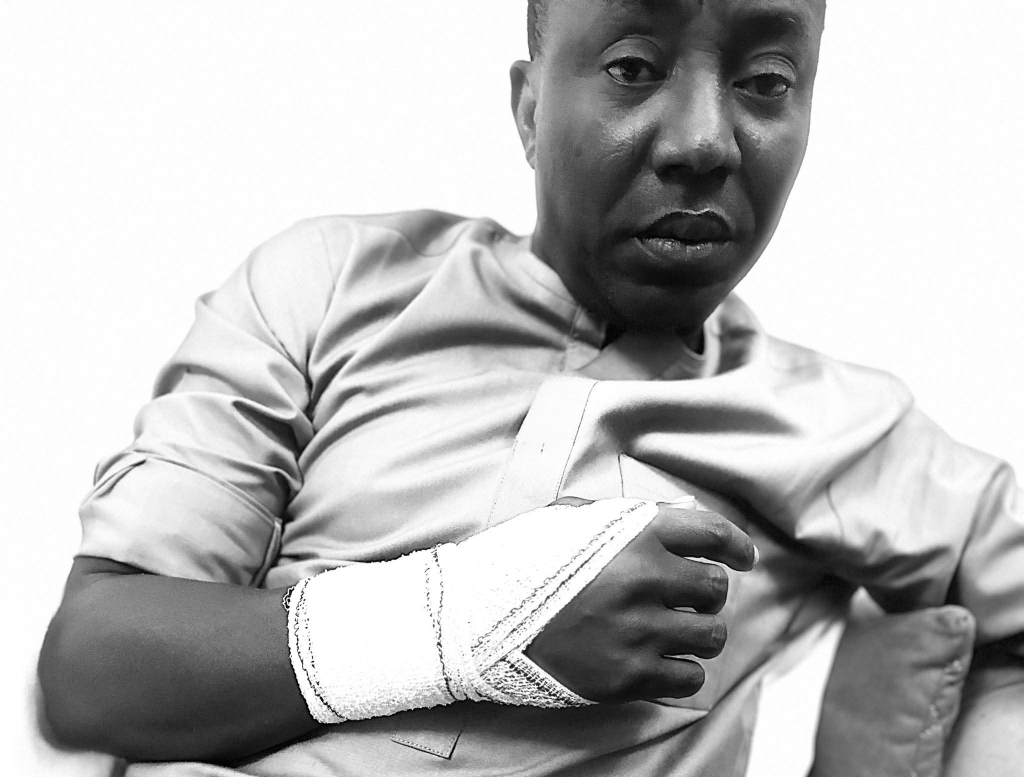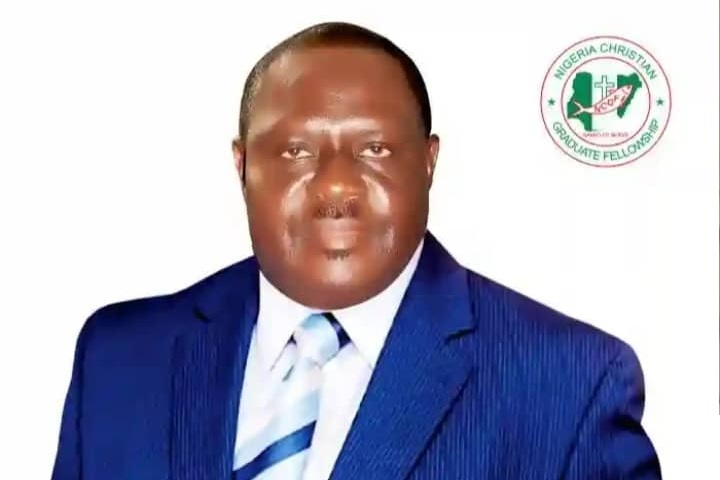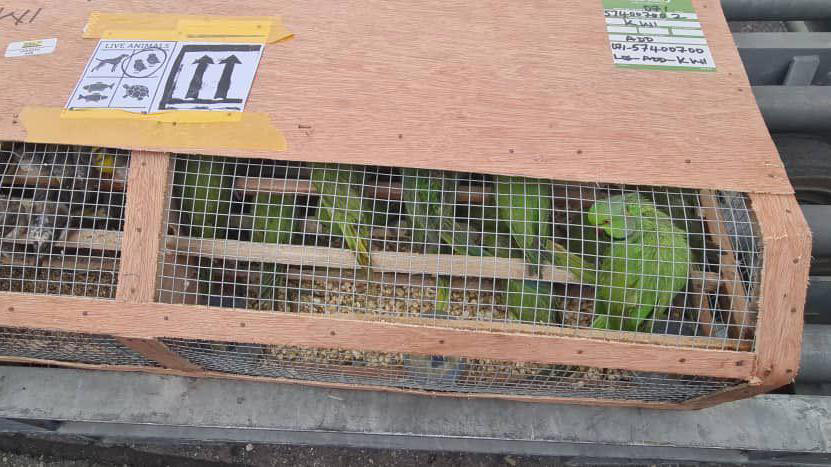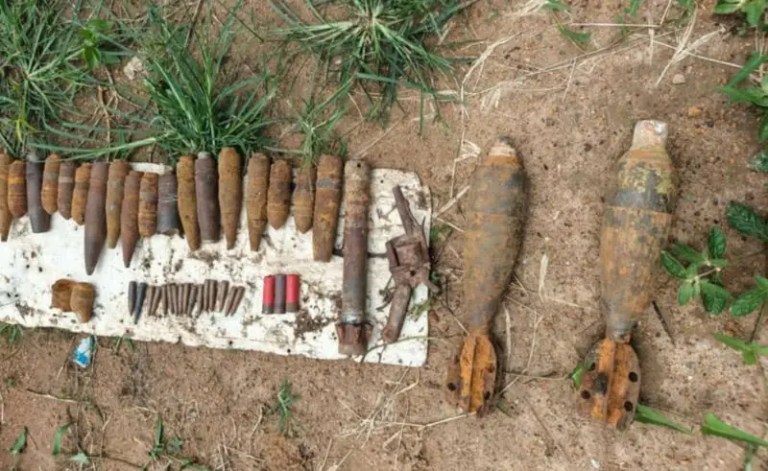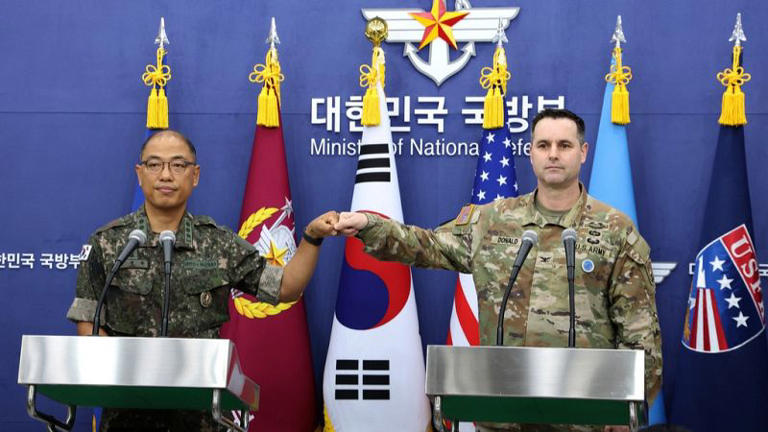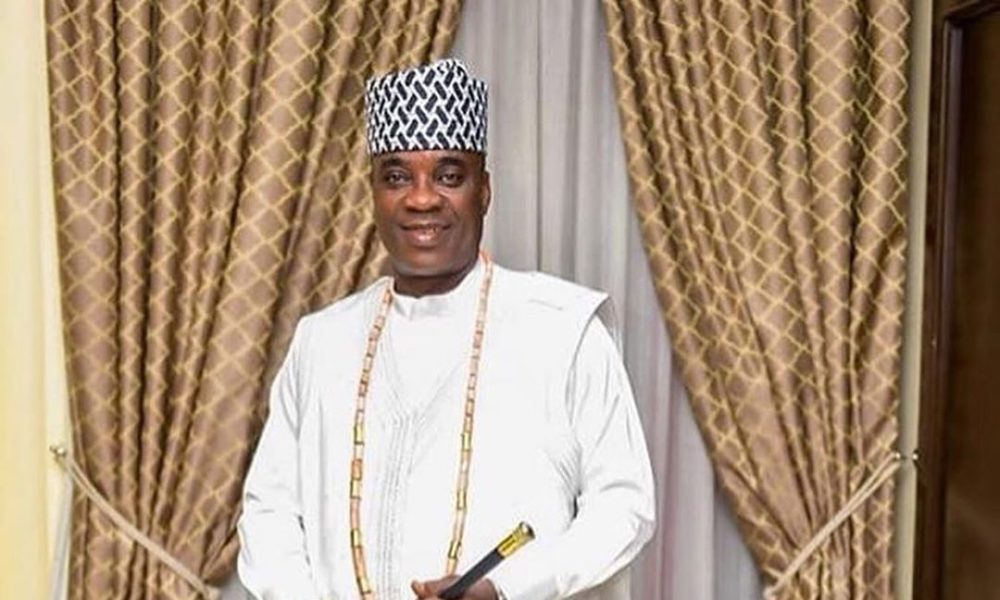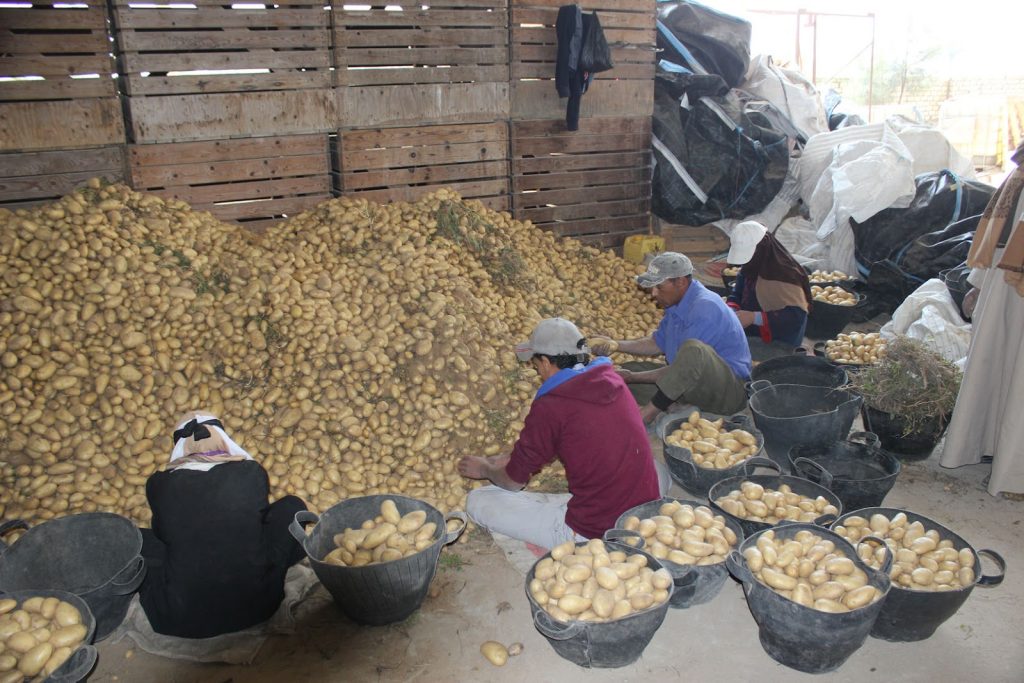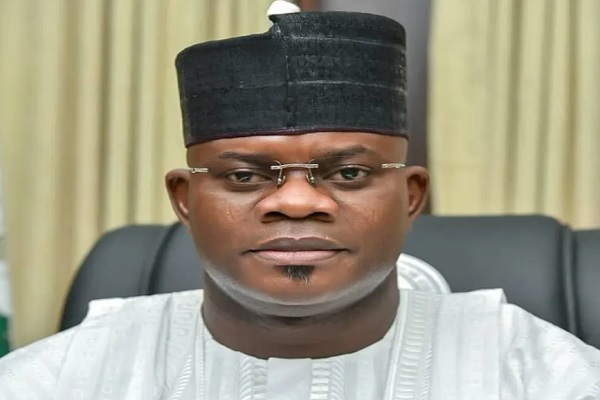News
The Sumy Standoff: What Russia Didn’t Expect

Ukraine’s top military commander, General Oleksandr Syrskyi, says Ukrainian forces have successfully halted Russian advances in the northeastern border region of Sumy, a key flashpoint in Moscow’s summer offensive.
During a visit to the front lines on Thursday, June 26, 2025, Syrskyi announced that the combat zone in Sumy had been “stabilized”.
He also announced that Russian momentum in the area had been effectively “choked off.”
However, he also acknowledged that critical defensive fortifications were still lacking and must be rapidly improved.
His remarks reinforce recent claims by Ukrainian officials that Russia’s pressure on the Sumy front is easing.
Yet, the situation remains fluid. Border Guard spokesperson Andriy Demchenko earlier warned that conditions are still “volatile.”
Sumy shares a border with Russia’s Kursk region, parts of which Ukraine briefly occupied during a surprise offensive last year.
That incursion embarrassed Moscow and prompted President Vladimir Putin to announce the creation of “security buffer zones” along the Russian border with Kharkiv, Sumy, and Chernihiv.
Since then, Russia has intensified its operations in Sumy.
In May, President Volodymyr Zelensky warned that around 50,000 elite Russian troops were massing along the border, aiming to carve out a 10km buffer zone inside Ukrainian territory.
The pace of Russia’s offensive has exposed gaps in Ukraine’s defenses.
Critics have voiced concern over delayed or inadequate fortifications in vulnerable areas.
General Syrskyi acknowledged these shortcomings and sought to calm public anxiety, outlining efforts underway to reinforce front-line positions.
“We’re building additional fortifications, creating kill zones, and setting up anti-drone corridors to protect our forces and secure supply lines,” he said.
But he conceded that the pace and quality of this work must improve.
Ukraine missed a key window to reinforce Sumy in autumn 2024, when the region was still relatively untouched and Ukrainian forces had momentum.
Now, with Russian troops pressing in, Moscow is likely aware of the gaps in Ukraine’s defensive line.
In recent months, Russian forces have claimed control over several villages and subjected Sumy city to brutal missile attacks.
A single ballistic missile strike on April 13 killed at least 34 people and injured over 100 others.
The war-tracking group DeepState has reported ongoing clashes in under-fortified zones.
It cited anonymous sources who warn that poor-quality dugouts and delays in construction can no longer be overlooked.
Speaking at the St. Petersburg forum last week, Putin said Russia had no specific objective to capture Sumy – “but I don’t rule it out.”
He claimed Russian troops had already secured a buffer zone between 8 to 12 kilometers deep.
As Russia’s full-scale invasion enters its fourth year, Ukraine continues to endure a barrage of drone and missile attacks.
Kyiv has recently seen unprecedented drone strikes aimed at overwhelming its air defenses.
While NATO allies have pledged €35 billion in support for Ukraine, there’s growing unease in Kyiv about the reliability of U.S. backing.
This is especially amid uncertainties around President Donald Trump’s return to the global stage.
However, Trump struck a conciliatory tone this week, saying his meeting with President Zelensky at the NATO summit in The Hague “couldn’t have been nicer.”
He also floated the possibility of supplying Ukraine with Patriot air defense systems, though he cautioned, “They’re very hard to get.”
For Diaspora Digital Media Updates click on Whatsapp, or Telegram. For eyewitness accounts/ reports/ articles, write to: citizenreports@diasporadigitalmedia.com. Follow us on X (Fomerly Twitter) or Facebook




